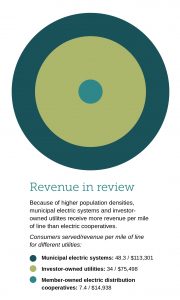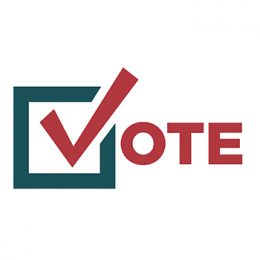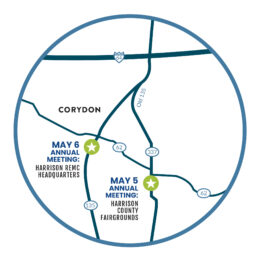
DAVID
C. LETT
 There are three main types of electricity providers in the U.S. Investor-owned utilities (IOUs) serve primarily densely populated areas such as Louisville and Indianapolis. Municipally-owned utilities also serve densely populated cities from the very large to the very small. And, of course, there are rural electric cooperatives like Harrison REMC that serve less populated parts of the country.
There are three main types of electricity providers in the U.S. Investor-owned utilities (IOUs) serve primarily densely populated areas such as Louisville and Indianapolis. Municipally-owned utilities also serve densely populated cities from the very large to the very small. And, of course, there are rural electric cooperatives like Harrison REMC that serve less populated parts of the country.
In the utility business, population matters a lot. Since the costs to serve any given area are similar, the ability to spread the costs among more customers can keep rates lower. At least that is the theory.
The graphic to the right shows the national averages of density and revenue per mile of electrical line for IOUs, municipally-owned utilities and electric co-ops.
If I were to give this data to any business school in the country and ask (based on this information) what the rates should be for each of the utilities, the answer would likely be that electric co-ops would have a rate 7.5 times greater than municipal-owned utilities and 5 times higher than IOUs — but that is not the case.
It has to do with the business model. IOU investors demand a return on their investment, which drives up the price customers pay. Many municipal systems charge rates that generate a “profit” for their cities to help pay for other services.
Harrison REMC operates on a not-for-profit basis. Of course, we are a business and must generate enough revenue to cover costs. But we don’t have to charge rates to pay outside stockholders.
Since our members are our owners, our goal is to provide safe, reliable and affordable power to you. That is just another way your co-op brings value.
DAVID C. LETT is CEO at Harrison REMC.



